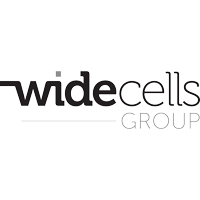A transplant of blood-forming stem cells can be used to treat or potentially cure a number of cancers and diseases.
Transplants can be either of donor stem cells (known as allogeneic) or of the patient’s own stem cells (autologous), which have been set aside and frozen before chemotherapy is administered.
This piece is a guide to an allogeneic stem cell transplant.
What is an allogeneic stem cell transplant?
Haemopoietic means blood-forming.
Haemopoitic stem cells are taken from the bone marrow or cord blood of a healthy donor.
A donor is usually a relative or a matched donor.
The stem cells are transplanted into the patient’s bone marrow by an intravenous infusion.
The transplanted stem cells grow in the recipient’s bone marrow and enable it to produce healthy blood cells.
Before a transplant can be conducted the patient must undergo intensive chemotherapy conditioning using agents to destroy the diseased bone marrow.
There are two types of chemotherapy conditioning:
Myeloablative — a very intense system of chemotherapy where the dosage is very strong. It wipes out the patient’s cancerous and non-cancerous bone marrow cells, leaving a clean slate ready for the donor stem cells to come in and hopefully start reconstituting and replenishing the immune system. The administration of this chemotherapy usually takes 1 to 2 days.
Non-myeloablative — uses a less intense dose of chemotherapy. Age is usually a very significant factor here because with chemotherapy conditioning come a lot of side effects. Non-myeloablative conditioning is usually considered when a patient is older or there are other complications that would make high dose chemotherapy riskier. The lesser dose of chemotherapy is just enough to kill the cancer cells in the patient.


